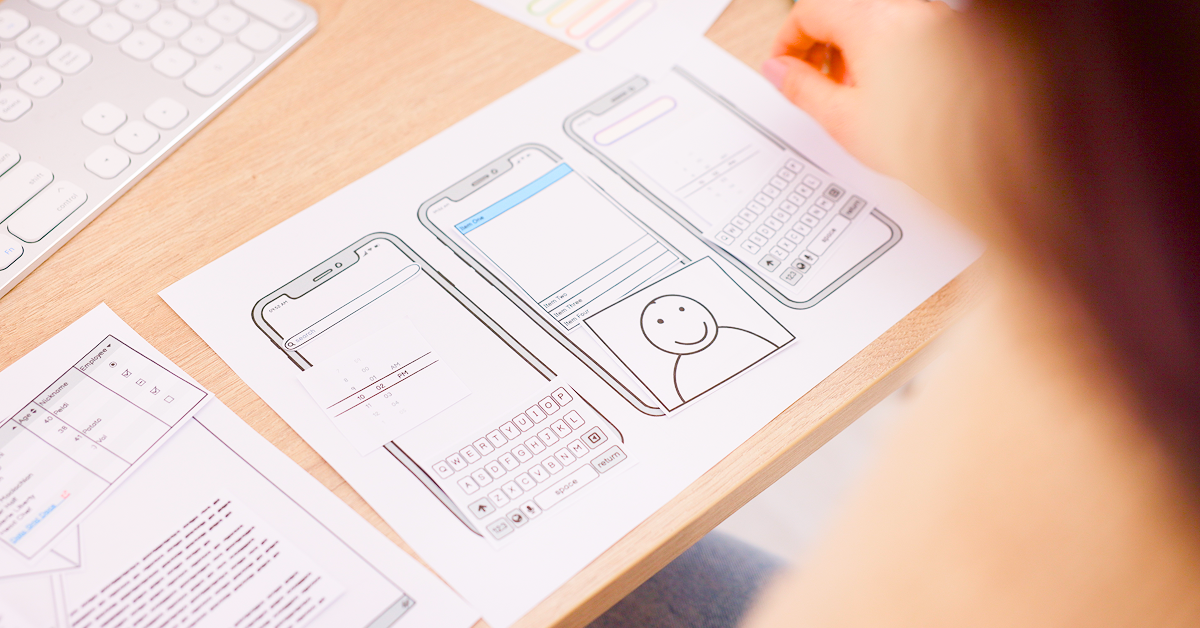Emotions drive decisions – even in digital products. But if your UX isn’t tuned into how users feel (and not just what they do), you’re missing a huge opportunity. In this post, we explore what emotional clarity looks like in UX – and how to design with empathy, not just efficiency.
Designing for Emotional Clarity
When we talk about clarity in UX, we usually mean button labels, navigation, or logical user flows. But there’s another layer that’s less visible, yet just as critical: emotional clarity.
This is the kind of clarity that doesn’t just help users complete a task. It helps them feel something while doing it: calm, capable, and in control. And when it’s missing? Even the most technically functional product can leave users confused, overwhelmed, or quietly frustrated. Because users don’t leave when something doesn’t work. They leave when something doesn’t feel right.
Why Emotional Clarity Matters
Users bring emotion into every interaction. Maybe they’re trying something new. Maybe they’re under pressure. Maybe they’re just tired. When a product doesn’t acknowledge the emotional layer, the experience can feel tone-deaf- cold, demanding, or just unclear.
The micro-moments matter: the copy in an error state, the guidance in an onboarding flow, the spacing that gives a user room to breathe. These are signals. And they tell your user: “You’re seen. You’re supported. You’re safe.”
That’s emotional clarity.
What It Looks Like in Practice
It’s easy to mistake emotional clarity for “making things nice.” But it’s not about being soft or decorative. It’s about removing emotional friction – reducing stress, restoring trust, and guiding the user forward.
It shows up in small but powerful ways:
- A gentle message that appears when something goes wrong, helping users recover without shame.
- A progress bar that celebrates momentum in a long process.
- Visual rhythm that feels predictable, but not robotic.
- Thoughtful use of color to signal importance, not overwhelm.
When someone says, “I just knew what to do,” that’s not just intuitive design. That’s emotional clarity in motion.
How We Design With Emotion in Mind
At Pepperplane, we don’t just map steps – we map states. Emotional ones. We pause to ask: What is the user likely feeling right now? Are we increasing pressure, or easing it? Are we providing encouragement, or just more decisions?
Sometimes, clarity means doing less. Removing clutter. Letting a moment breathe. Trusting a simple, calm screen to do the job. Because not everything needs a CTA.
Sometimes what you don’t say matters more than what you do. And sometimes clarity means speaking directly: telling the user they’re okay, they’re on the right track, and there’s nothing to worry about. It’s not about being poetic. It’s about being human.
The ROI of Feeling Understood
We’ve seen firsthand how designing with emotional clarity transforms the user experience.
Onboarding that feels like a conversation. Dashboards that reduce anxiety. Alerts that reassure instead of startle. Products that feel clear are easy to use. Products that feel emotionally clear? They’re easy to trust. And trust is what keeps users coming back – not just because your product works, but because it works for them.
Your Turn: Design With the Heart in Mind
If your product is working but still feels a bit off, emotional clarity might be the missing layer. Want help designing UX that builds confidence and connection? Discovery calls are on us. Let’s chat.

